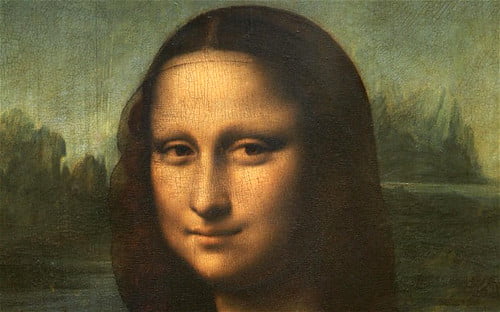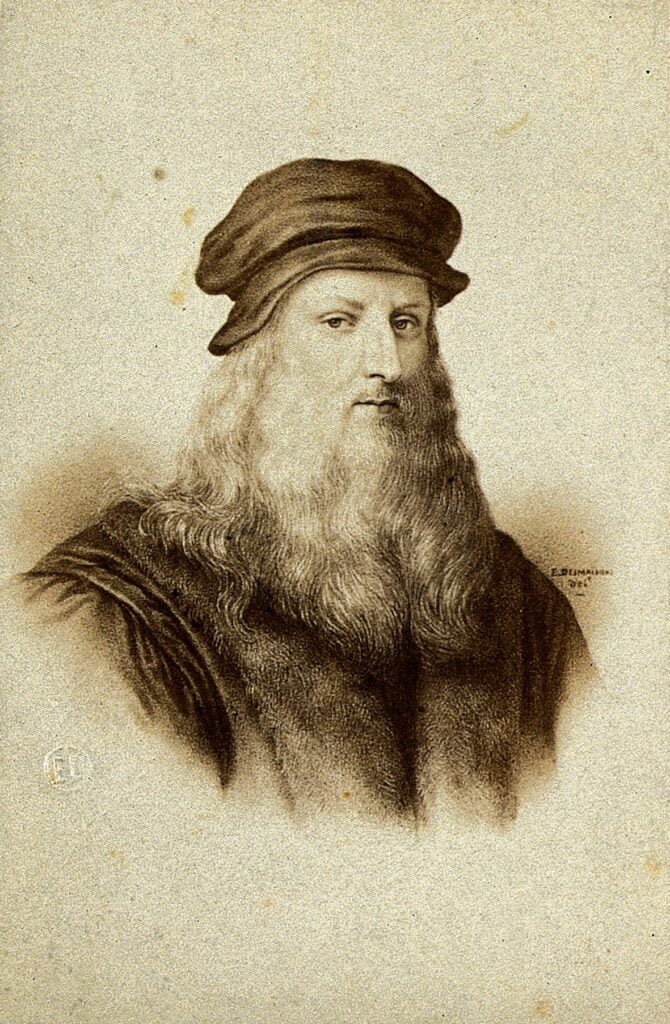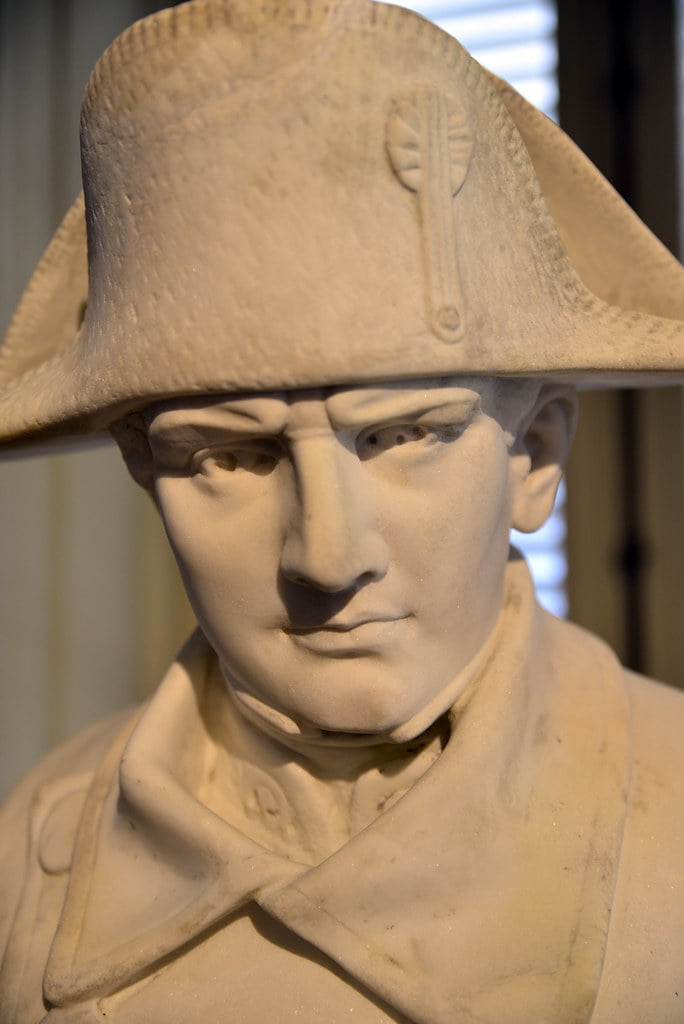19 Interesting Facts About the Mona Lisa Painting

Introduction
The Mona Lisa is quite possibly the most famous painting in the world. Leonardo da Vinci’s masterpiece has intrigued art lovers and scholars for over 500 years with her subtly smiling face and timeless beauty. But behind the enigmatic lady in the portrait lies a fascinating backstory full of mysteries, theories, and surprising facts.
While we may never fully uncover all the secrets of the Mona Lisa, learning more about this legendary painting gives us a deeper appreciation for da Vinci’s genius and vision. From world-famous heists to microscopic details revealed through modern scanning technology, the story of this small 16th-century portrait is as captivating as the subject’s gaze.
Read on to discover 19 intriguing facts about the mysteries and history surrounding the one-and-only Mona Lisa painting that hangs in the Louvre Museum. You’ll gain new insight into this iconic work of art that revolutionized Renaissance portraiture and continues to inspire admiration today.
Interesting Facts About the Mona Lisa

1. Mona Lisa Isn’t the Subject’s Real Name
The painting’s subject is believed to be Lisa Gherardini, the wife of Francesco del Giocondo. The name “Mona Lisa” is just a shortened version of “Monna Lisa” meaning “My Lady Lisa” in Italian. So the real name of the woman in the painting is Lisa, not Mona Lisa.
2. It Was Commissioned by Lisa Gherardini’s Husband
Wealthy silk merchant Francesco del Giocondo commissioned the painting in 1503 to celebrate his wife Lisa’s pregnancy and their new home.
3. Leonardo da Vinci Never Finished It

Leonardo da Vinci worked on the Mona Lisa from 1503 until he died in 1519. He never officially finished the painting and it’s thought that his apprentice Salai completed some final details.
4. The Painting Has No Eyebrows
The Mona Lisa lacks eyebrows, which has stirred debate about whether she once had them or if da Vinci left them out. Some scholars think they simply faded over time.
5. It Was Stolen from the Louvre in 1911
In 1911, the painting was stolen by Vincenzo Peruggia, an Italian handyman at the Louvre. Its disappearance made it world famous.
6. Pablo Picasso Was a Suspect in the Theft

Famed painter Pablo Picasso was questioned by police and briefly suspected of being involved in the 1911 theft. But the real thief was Peruggia.
7. Mona Lisa Has Been Attacked Several Times
Despite being hugely valuable, the Mona Lisa painting has been attacked on several occasions. In 1956 acid was thrown on it, and in 2009 a mug was hurled at the painting.
8. The Painting is Much Smaller Than Expected
Surprisingly, the Mona Lisa measures just 30 x 21 inches and weighs only 18 pounds. Its small size often shocks first-time viewers.
9. No One Knows Exactly Why She’s Smiling
The Mona Lisa’s subtly smiling facial expression has intrigued scholars and art lovers for centuries. But the real reason she’s smiling remains a mystery.
10. The Painting Hung in Napoleon’s Bedroom

French Emperor Napoleon Bonaparte was a huge fan of the Mona Lisa and kept it in his bedroom at the Tuileries Palace for about 4 years starting in 1800.
11. It’s One of the Most Parodied Paintings Ever
The Mona Lisa’s fame has made it frequently parodied and referenced in modern pop culture. Some notable spoofs include a drawing by Marcel Duchamp and a 1964 painting by Fernando Botero.
12. She May Have Been Pregnant
Some art historians believe the Mona Lisa’s clothing and posture contain subtle clues that Lisa Gherardini was pregnant when she sat for the portrait. This theory remains unproven.
13. It Has Its Mailbox at the Louvre
The Mona Lisa receives so much adoring fan mail that the Louvre Museum keeps a mailbox specifically for her. She gets thousands of letters each year.
14. Scientists Recreated Her Face Based on Her Skull
In 2006, forensic scientists used her presumed skull to recreate Mona Lisa’s face. The resulting model bears an uncanny resemblance to the painting.
15. Her Smile Disappears at Full View
Looking directly at the Mona Lisa, her smile seems to disappear. This optical illusion occurs because our peripheral vision better detects the low spatial frequencies of her smile.
16. The Painting Has Had Extensive Restoration Work
The Mona Lisa has required extensive restoration and touch-up work over the centuries due to cracking, yellowing varnish, and previous flawed attempts at preservation.
17. It Inspired Early 20th Century Fashion
In the early 1900s, Mona Lisa’s face inspired new women’s hairstyles and clothing fashions which were said to emulate her elegant look.
18. Her Portrait Mixed Science and Art
Da Vinci blended his artistic skills with scientific study of light, depth, anatomy, perspective, and human emotion to create the Mona Lisa’s mysteriously lifelike face.
19. The Painting Helped Make the Louvre World Famous
After the French Revolution, the Mona Lisa was moved to the Louvre. It drew visitors from across Europe and helped establish the Louvre as a globally renowned museum.
Conclusion
The Mona Lisa has stood the test of time for good reason. da Vinci expertly synthesized art and science to create an enduring masterpiece that seems to epitomize the essence of humanity through this anonymous woman’s finely crafted face.
While the painting’s origins, subject identity, and reason for the subject’s smile remain shrouded in some mystery, those unanswered questions only add to the Mona Lisa’s intrigue. The many secrets both revealed and still hidden within this small portrait continue to transfix scholars, artists, historians, and casual viewers alike over 500 years after it was created.
The enigmatic Mona Lisa continues to inspire new theories, artworks, books, films, and more as each generation finds meaning in her coy, captivating gaze and subtle smile. These 28 facts only scratch the surface of what makes this painting so universally admired and obsessed over. Leonardo da Vinci left the world an enduring legacy with his masterstroke painting of the lady known as the Mona Lisa.
